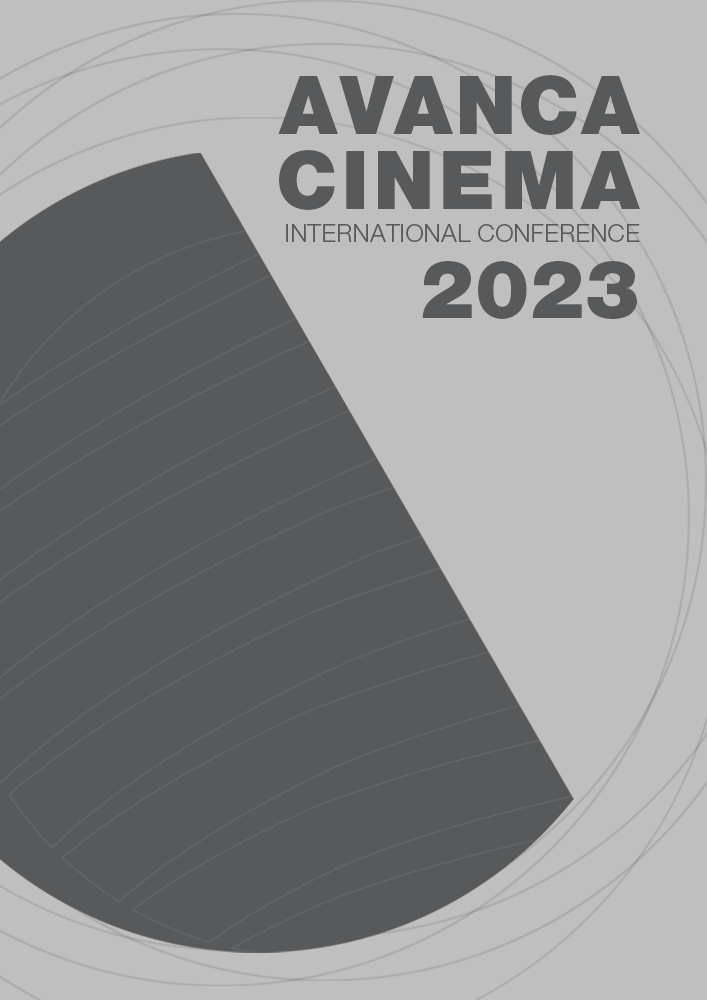Capítulo II _ Cinema - Cinema
The Impact of Non-linear Narrative Structures on Better Character Development in Animated-short Movies
Resumo
Nonlinear narrative structures are infrequently used in animated short films and their benefits seems to be relatively neglected in comparison with cinema. Yet, the revolutionary potential of utilizing such structures in animated short films is endless. Nonlinear narratives provide techniques and tools which helps in better introduction and development of characters, resulting in in-depth emotional involvement of the audience. Such engagement is viable without the emphasis which classical structure puts on irrevocable principles such as linear timeline. This paper discusses the impact of nonlinear narrative structures in four animated short films, “The coin” (2019), “Negative Space” (2017), “Late afternoon” (2017), “The boy who saw the iceberg” (2000), which demonstrate a restructure of temporal factors. Each of these films is not only taking advantage of an exclusively tailored nonlinear structure using time distortion, they are also enforcing the impact they have on the way characters are delineated which could be inspired by other film-makers in animation. This paper discusses such innovative potentials in narrative structure of animated short films by relying on David Bordwell classical narration theories in “Narration in the fiction film” (1985), which are then diversified into nonchronological structures according to temporal feature of the narration. The present study argues that not only applying various nonlinear storytelling structures is possible in the context of animated short films, it also provides film-makers with measures and capabilities to achieve memorable and engaging characters.

Este trabalho encontra-se publicado com a Licença Internacional Creative Commons Atribuição 4.0.

